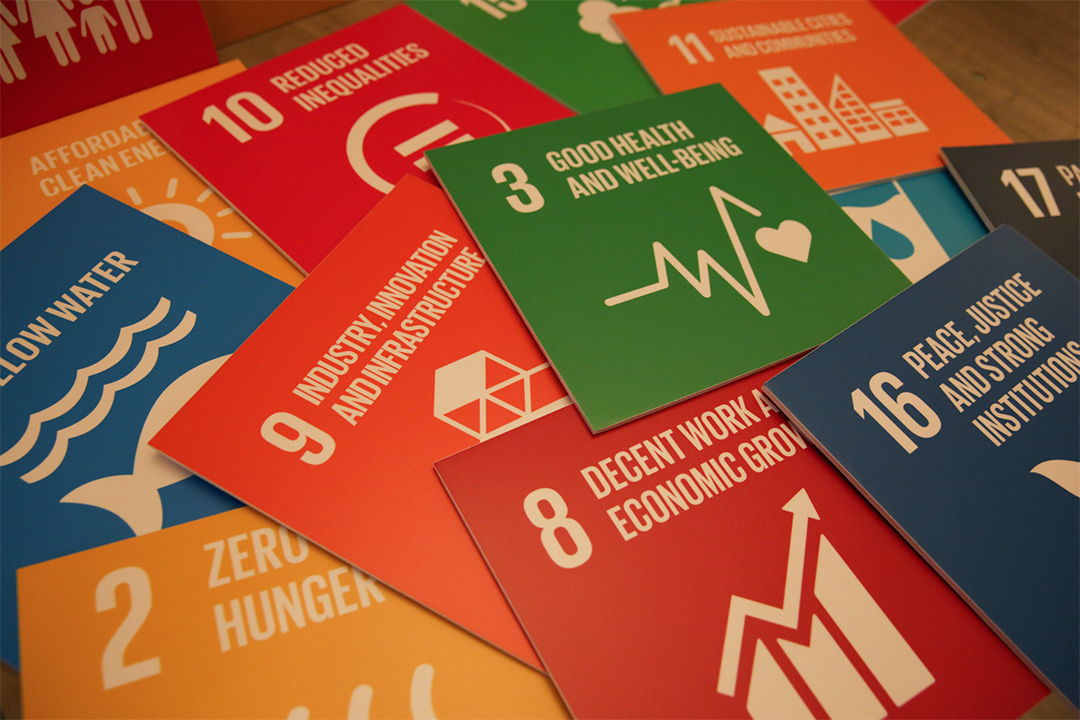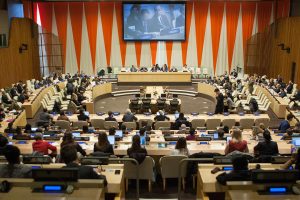5 May 2017: The Statistics Division of the UN Department of Economic and Social Affairs (DESA) has issued the report of the fifth meeting of the UN Inter-Agency and Expert Group on the Sustainable Development Goal Indicators (IAEG-SDGs). The report includes a set of next steps on the SDG indicators through March 2018.
IAEG-SDGs 5 convened in Ottawa, Canada, from 28-31 March 2017, hosted by Statistics Canada. The first two days were attended by the members of the Group, which is comprised of national statistical offices’ (NSOs) representatives, and the second half of the meeting was open to a broader group of participants, including UN agencies and NGOs.
The IAEG has reclassified several Tier III indicators as Tier II, including from Goals 2, 5, and 6.
On updates to the tier system, a presentation to the meeting highlights that several indicators, including in Goals 1, 3, 5, 7, 8 and 16, have been refined per agreements at UNSC 48. The IAEG also noted its decision to re-classify several Tier III indicators as Tier II, through the “fast tracking” mechanism, including: 2.c.1, Indicator of food price anomalies; 5.a.1 (a), Proportion of total agricultural population with ownership or secure rights over agricultural land, by sex; 5.a.1 (b), Share of women among owners or rights-bearers of agricultural land, by type of tenure; 6.3.1, Proportion of wastewater safely treated; and 6.5.2, Proportion of transboundary basin area with an operational arrangement for water cooperation. Several others, including in SDGs 3, 9, 10, 11 and 15, were proposed for fast-tracking but ultimately left in Tier III, with requests for additional work on additions, terminology, aggregation method and other methodological aspects.
On advancing other Tier III indicators, a presentation to the meeting identifies 12 indicators that are currently in Tier III and have a 2020 deadline, including for Goals 6, 8, 11, 12, 13, 14, 15 and 17. The Group has determined that several of these indicators either have a work plan that is not clear, or the work plan has a timeline that will not meet the 2020 date. The IAEG intends to establish procedures to review these work plans and finalize a mechanism for moving indicators from one tier to another.
On proposing additional indicators and other changes for the planned Comprehensive Review in 2020, a presentation to IAEG 5 lists of 33 targets where additional indicators may be desirable. The Group compiled a list of 37 possible additional indicators for these targets, and will launch an open consultation on them by the end of 2018. As IAEG members review the results of the consultations, they may give preference, the plan notes, to proposals with an established methodology and data available. This consideration would take place by September 2019.
The Group will also propose changes and possible deletions by the IAEG meeting in northern fall 2018, followed by consultations on the proposed changes and deletions, by mid-2019. The IAEG will submit a proposal for additional indicators and other changes as part of the comprehensive review for consideration by UNSC 51, in 2020.
On guidelines on data flow between countries and custodian agencies, a drafting group will report to the UN Statistical Commission (UNSC )in 2018. According to an NGO that attended the meeting, the IAEG has discussed utilizing proxy data for Tier III indicators so these indicators can be reflected in the annual SDG progress report. The meeting also considered a detailed work plan on data disaggregation.
According to the report of the meeting, a draft resolution of the UNSC on adopting the indicator framework, which was agreed at UNSC 48 in March 2017, is expected to be considered by the UN Economic and Social Council (ECOSOC) at its next Coordination and Management Meeting, taking place in June 2017. If ECOSOC adopts the resolution, it will proceed to the UN General Assembly (UNGA) to be taken up during its 72nd session. [Meeting Report (ESA/STAT/AC.333/L.3)] [IAEG-SDGs 5 Webpage] [Presentation on Updated Tier System] [Presentation on Data Flow Guidelines] [Presentation on Review of Tier III Workplans] [Presentation on Data Disaggregation Workplan]


